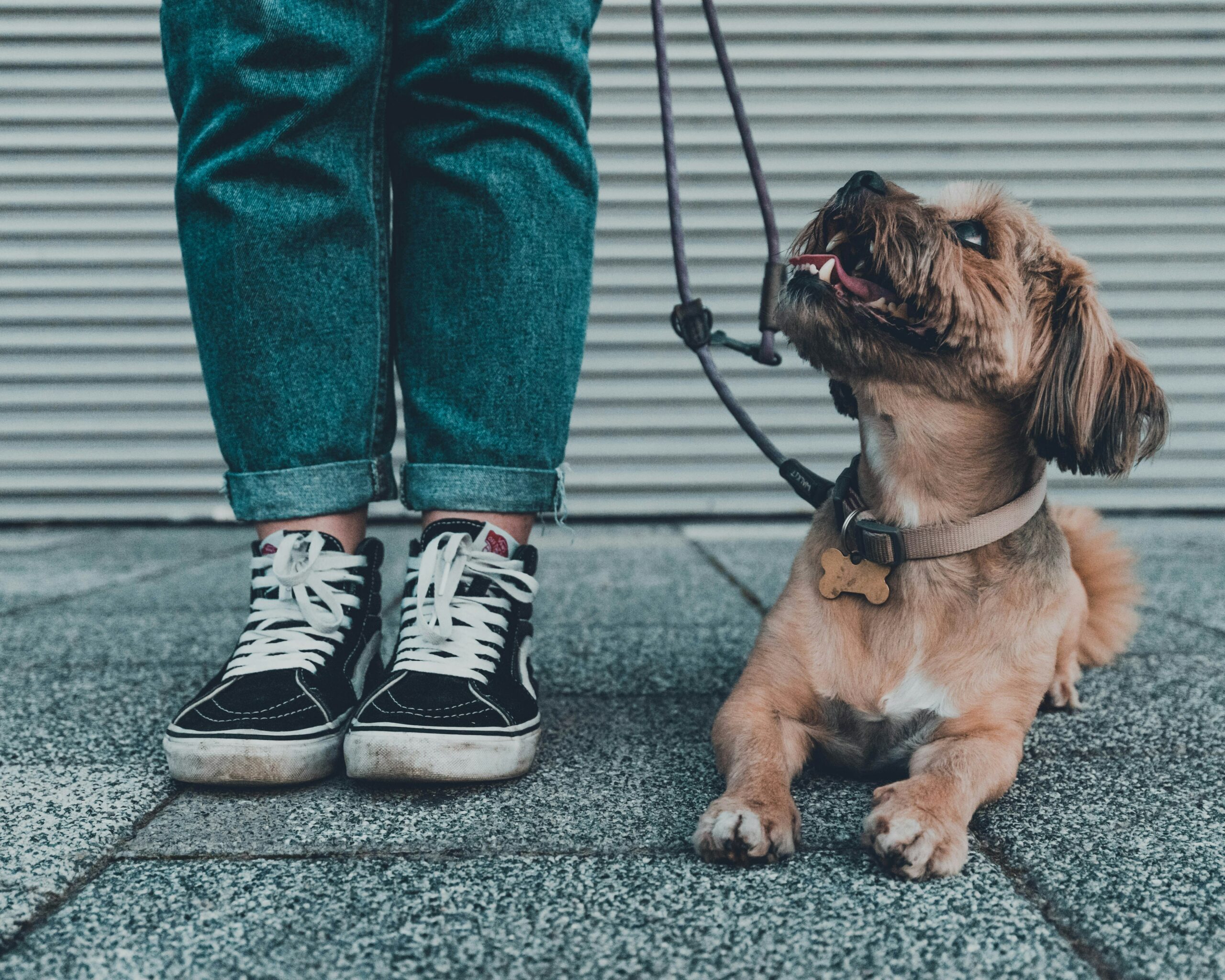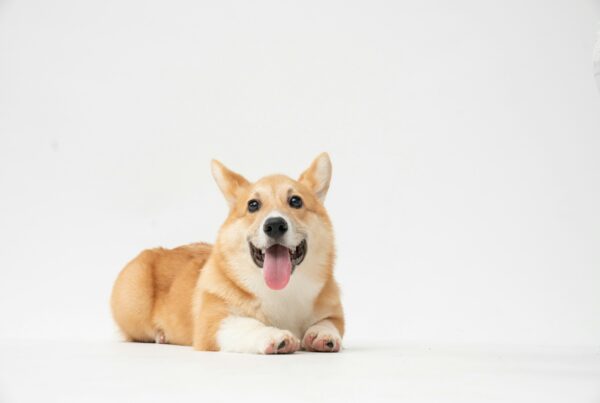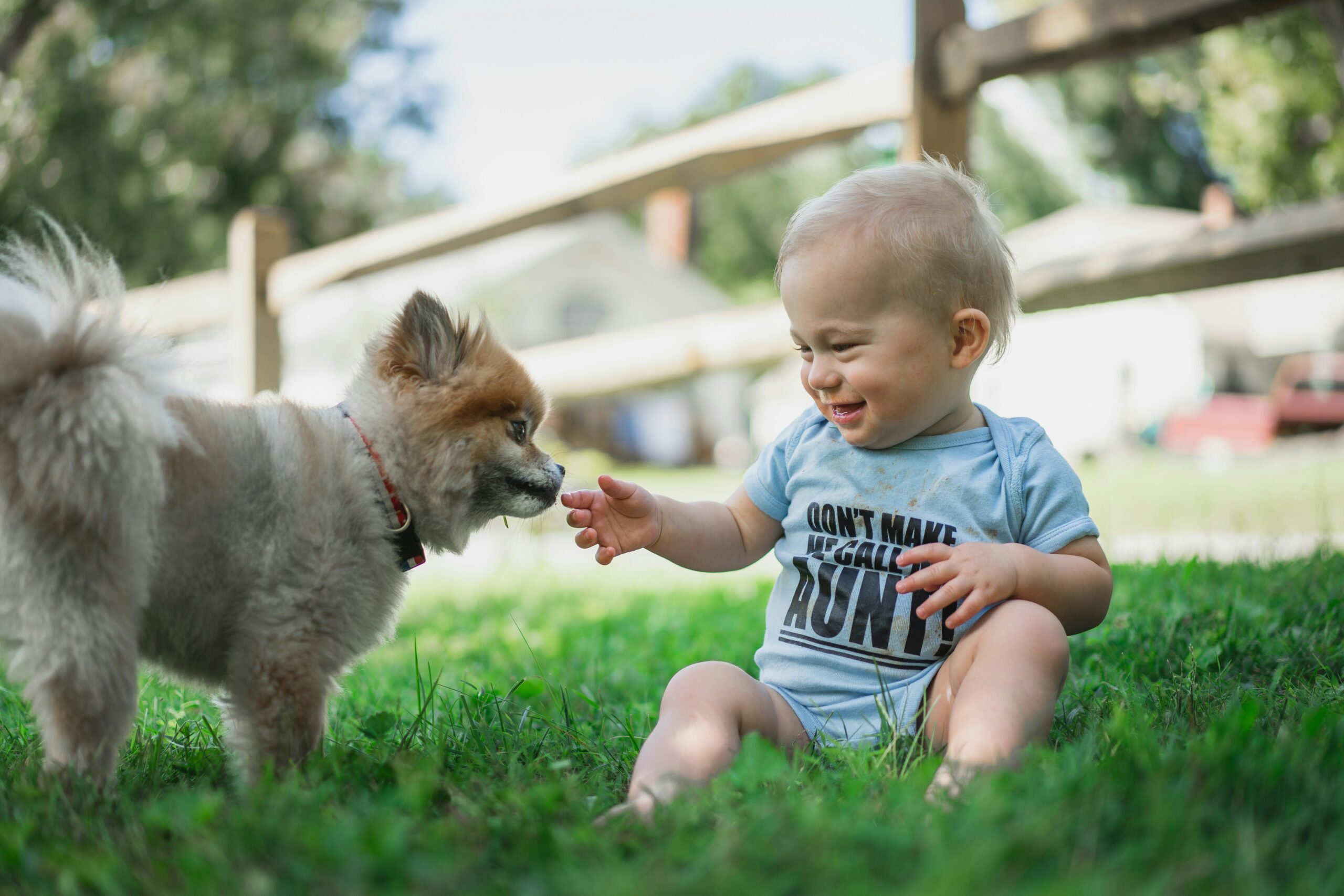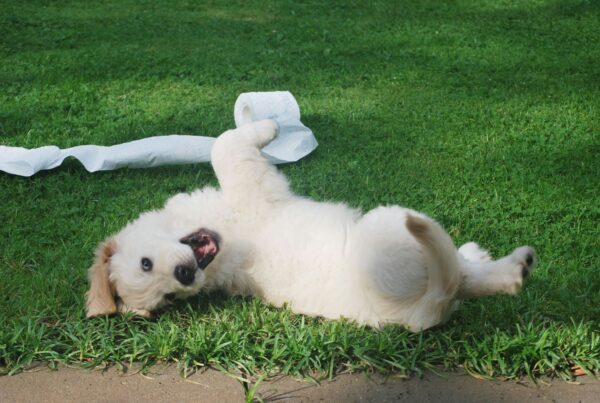Choosing the right dog leash is crucial for ensuring both the safety and comfort of our canine companions during walks and outings. Leashes come in various types, materials, and lengths, each designed to cater to the specific needs of different breeds and behaviours of dogs. We recognise that with numerous options available, it can be challenging to determine which leash is the most suitable for our dogs’ individual requirements.
We understand the importance of a high-quality leash, as it not only helps us maintain control over our dogs in various environments but also allows for an enjoyable walking experience. Whether we’re seeking something durable for an energetic pup, a reflective leash for nighttime strolls, or a leash that provides greater control for training purposes, there’s a leash tailored to every situation. It’s essential for us to consider factors such as the leash’s strength, length, and handle comfort to match our walking style and the level of activity our dogs engage in.
By exploring the range of available dog leashes, we can make informed decisions that enhance our walks and strengthen the bond with our pets. From traditional leads to retractable models, and specialised training leashes, we find ourselves equipped to navigate the plethora of choices to find a leash that best suits our lifestyle and our dog’s unique personality.
Dog Leash Essentials
When selecting a leash for our dogs, we must consider the various types available and the appropriate uses for each type. Our choice should align with our dog’s size, behaviour, and our usual walking environments.
Types of Leads:
- Standard leash: The classic option, suitable for regular walks in parks or urban areas.
- Retractable leash: Provides flexibility with distance, ideal for well-trained dogs in open spaces.
- Adjustable lead: Offers multiple lengths, perfect for training or adapting to different situations.
- Slip lead/Martingale: This is a combined collar and leash that tightens when a dog pulls and eases when they stop, beneficial for training purposes. Understand how a slip lead functions.
Material Considerations:
- Nylon: Affordable and widely available, but can cause burns if pulled suddenly.
- Leather: Durable and softens over time, often more expensive.
- Chain: Bite-proof, suitable for dogs that tend to chew on their leash.
- Reflective: Incorporates reflective materials for visibility at night—valuable for safety in low-light conditions. Consider the benefits of a reflective leash.
Safety and Comfort:
- Ensure that the leash has a secure clip to attach to the collar or harness.
- A comfortable handle is crucial to prevent discomfort or injury on long walks.
- Leashes like the Blazin Safety LED dog leash enhance visibility, making evening walks safer.
By familiarising ourselves with these essentials, we can ensure our dogs are safe, comfortable, and under control in all our outdoor activities.
Types of Dog Leashes
When we consider the needs of both the dog and the handler, it becomes clear that there is a variety of dog leashes designed for specific purposes. From simple walks to training sessions, selecting the right type can make a significant difference. Below, we detail the main types you’re likely to encounter.
Standard Leashes
Standard leashes are the most common type you’ll find in any pet owner’s collection. Typically ranging from 1.2 to 1.8 metres, they are usually made from leather, nylon, or other durable materials. Ideal for everyday use, these leashes provide stability and control during walks.
Retractable Leashes
Retractable leashes can extend much further than standard types, sometimes up to 8 metres. They allow our dogs more freedom to explore while still being tethered. However, they should be used with caution as the increased length can make it harder to maintain control, and the cord can snap or cause injuries if not used properly.
Adjustable Leashes
These leashes have multiple loops or clips along the length, allowing adjustable leashes to be shortened or lengthened according to the situation. This flexibility makes them suitable for training and to adapt to different environments, like crowded streets or open parks.
Training Leashes
Training leashes, often longer than standard leashes, provide the extra length needed for distance command training. Materials vary, but they are usually designed to be strong and comfortable to hold for extended periods. They’re a tool for teaching dogs to follow commands while still on the leash.
Hands-Free Leashes
Designed for active owners, hands-free leashes typically fasten around our waist or across the body, allowing us to jog, push a pram, or even cycle with our dogs. They provide freedom of movement while ensuring the dog remains secure and close by.
Materials and Durability
When we consider the best material for dog leashes, we focus on both durability and the comfort it offers. Different materials offer unique benefits and may influence the longevity of the leash.
Leather Leashes
Leather leashes are often heralded for their strength and classic aesthetics. With routine maintenance, these leashes can endure extensive use. If they become dirty, cleaning requires more effort, and they are notably more expensive than others, but their longevity can make the initial investment worthwhile.
Nylon Leashes
Nylon leashes are a popular choice due to their versatility and range of colours. The material is lightweight, easy to clean, and dries quickly, making it a practical option for everyday use. However, nylon can potentially fray over time, and some cheaper versions may not hold up as well against wear and tear.
Rope Leashes
Rope leashes provide a balance between firmness and flexibility, favoured for their durability, especially under strain. They work well for dogs who pull or are in training. These leashes can be heavy, and depending on the weave, may not be the easiest to clean.
Rubber Leashes
Rubber leashes stand out for their water resistance and easy maintenance. They offer a good grip, even in wet conditions, and can prove particularly durable in varied environments. TPU-coated ones are noted for their robustness and flexibility.
Chain Leashes
Lastly, chain leashes offer a high level of durability and are bite-proof, ideal for dogs that tend to chew through other materials. They are relatively easy to clean, but on the downside, they are heavy and can be less comfortable to hold for long periods.
Choosing the Right Leash
Choosing the right leash for our dog is crucial for both safety and comfort during walks. It should match our dog’s size and the activities we plan to undertake.
By Dog Size
For small dogs, a lightweight and slim leash is preferable, as it provides enough control without overwhelming their petite frames. Heavy chains or thick ropes can be cumbersome for them. Conversely, large breeds require a robust leash that can withstand their strength and energy. A wide and durable material, such as leather or nylon, ensures we maintain control without the risk of the leash snapping.
By Activity
When we’re out for a leisurely walk in the park, a standard fixed-length leash usually offers ample freedom and security. For those of us who enjoy runs with our dogs, a hands-free dog leash is advantageous. This type allows us to maintain a natural running stance while keeping our companions close. If we’re training our dogs or hiking in an area with varying terrains, adjustable leashes with different lengths can help us navigate different situations.
photo credit: https://unsplash.com/photos/brown-short-coated-dog-wearing-blue-denim-jeans-and-black-and-white-converse-all-star-high-n2vcWTUutIA




